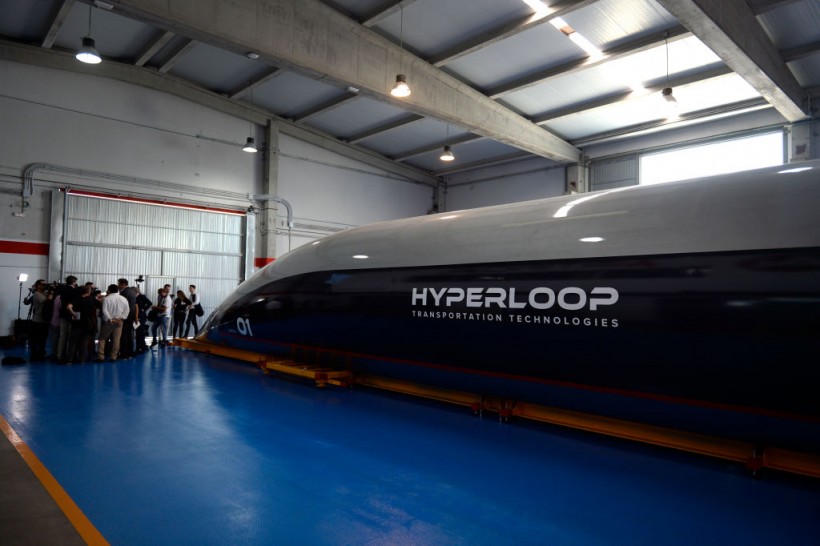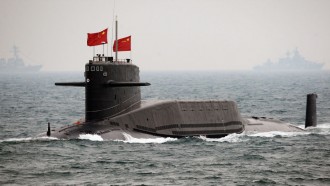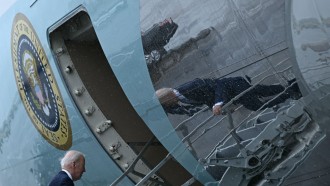It seems that Elon Musk's Virgin Hyperloop, a startup that plans to bring high-speed trains to life, is rebranding. In the past few weeks, the company changed its name back to Hyperloop One, and the website has been cleaned too with an old stock image of the XP-1 test pod, as reported by Engadget.

(Photo : CRISTINA QUICLER/AFP via Getty Images)
A full-scale passenger Hyperloop capsule is presented by Hyperloop Transportation Technologies on October 2, 2018 in El Puerto de Santa Maria.
The company also reverted its social media platform accounts as well to their old logo and name. Nobody knows what prompted the change, but so far, it seems that the company is de-branding.
More Changes Happening
This isn't the first change the Virgin Hyperloop has undergone. Throughout this year, the company had to lay off 111 staffers and abandon their attempt to build a passenger system. Then, it planned to pivot toward the use of technology for logistics, which will allow for the construction of inland ports that will ferry cargo containers to their destinations a lot faster.
However, Virgin, Hyperloop One and DP World haven't commented yet on the recent changes. For now, we are just left wondering why these changes happened, whether this is the final rebranding or not, and what these changes mean for the future of Virgin Hyperloop One.
Also Read: Virgin Hyperloop One Sets New Speed Record
How Hyperloop Works
The Virgin Hyperloop is a high-speed transportation concept proposed by entrepreneur Elon Musk in 2013. It's different from Musk's other ventures, such as Tesla, SolarCity and SpaceX. The Virgin Hyperloop is a passenger-carrying capsule that rides on a cushion of air and zips through a low-pressure tube at speeds of more than 700 miles per hour. Hyperloop One has been working on bringing this technology to life in a global challenge called Hyperloop One Global Challenge.
The company is working with "global citizens, innovators, engineers, designers and stakeholders to determine the routes, business models and regulatory frameworks" for a Hyperloop system.
The Hyperloop is different from other high-speed trains because of its passive levitation and linear induction motor that propels the pod. The pod can travel through a vacuum tube, and the system remains at near positive air pressure level to keep the pod levitated. The system does not require any power sources other than the initial energy to accelerate it to the operating speed. The movement of the pod is similar to a sled on an air hockey table. It can move as fast as 760 miles per hour when fully accelerated.
The concept of Hyperloop may still be very far off, but we can expect more changes and developments in the near future. If these changes will affect the company's future and will propel it to bring the technology to reality, we will just have to wait and see.
Related Article: Twitter Content Moderation Policy Unchanged Says Elon Musk, Justifies Employee Layoffs
This article is owned by Tech Times
Written by April Fowell









